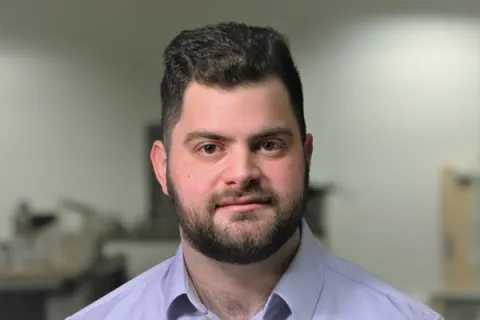About the project
The objective of this PhD project is to develop an on-chip entangled photon source that can be integrated within a quantum cryptography system to enable ultimate security of digital communication based on the laws of quantum physics.
Existing techniques to encrypt data in our Internet networks are vulnerable to being easily broken by emerging quantum computers. IBM has recently released a 1000-qubit quantum computer and the challenge of finding alternative techniques to encrypt our data is becoming ever more urgent. Fortunately, quantum cryptography is a suitable solution to overcome this challenge.
However, quantum cryptography requires unique lasers that emit entangled photon pairs one at a time. In this PhD project, you will use two-dimensional (2D) materials as light sources for entangled photons for quantum cryptography applications. You will have hands-on experience in fabricating on-chip photonic structures in a cleanroom environment to improve the emission of entangled photons and engineer integrated waveguides to manipulate the polarisation of these photons, store them in memory devices and sense them at the receiver end.
During your PhD, you will design, simulate, fabricate and test various on-chip photonic structures to develop single photon sources. You will work within the Sustainable Electronic Technologies Group, a vibrant group of Academics, Research Fellows and PhD students at the School of Electronics and Computer Science. Your research will involve accessing a large set of experimental facilities that are hosted by the group, equipping you with expertise and skills for performing research and development within academic and industrial settings.

